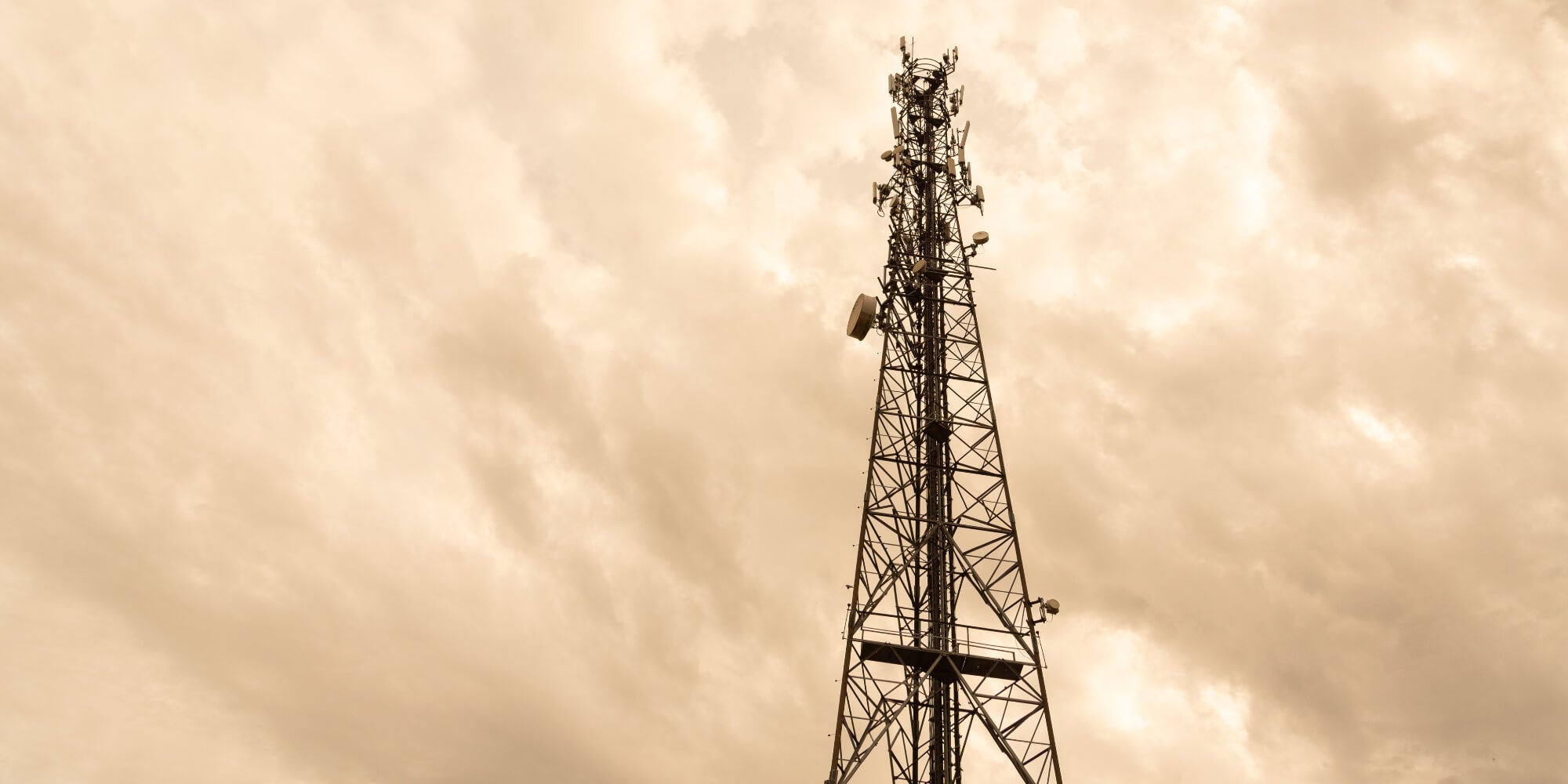What is the safest distance coming from a 5G cell Structure?

If you've ever been through a city you might have noticed tiny 5G cell towers on street light poles. what is a safe distance from a cell tower appear like tiny boxes however, they're actually transmitting wireless signals from mobile providers to your mobile.
They are replacing the larger specially-designed cell towers. Although what is a safe distance from a 5g cell tower 're not as visible however, they could create problems for those who live nearby.
A Federal Communications Commission's Radiation Exposure Thresholds
The FCC's Radiation Exposure Thresholds define the maximum amount of time a person can be exposed to electromagnetic energy from wireless devices. safe distance to live from cell phone tower for exposure are based on scientific data that show that RF energy can be harmful to health.
The specific absorption rate (SAR) is an indication of the amount of radiofrequency energy that is taken up by tissues. It is typically 1.6 milliwatts per kilogram calculated over one gram of tissue.
However, because 5g transmits at higher frequencies and has the potential to increase the intensity of energy on the skin and other directly-exposed body parts. This can lead to various potential harms, including exacerbated appearance of skin conditions such as dermatitis, cataracts and skin cancer.
Due to the potential for severe effects of 5g radiation, PSU has chosen to set a general localized power density limit of 4 mW/cm2 based on the average over 1 cm2, but not to exceed 30 minutes, for the entire 5G spectrum at 3000 GHz. This localized limit is consistent with the highest SAR that is spatially averaged at 1.6 W/kg, averaged over one 5 grams of body tissue, at 6 GHz.
The FCC's Maximum Exposure Thresholds
If you've ever operated a cell phone, then you're aware that a safe location from the tower should be at least 400 meters away. This is because the power of the transmission of the cell tower is significantly increased the further away the tower is.
Although this may sound like an ideal idea, the reality is that people who live close to towers may actually be more vulnerable to health problems. For instance, a 2014 study in India discovered that people who lived within 50m of cell towers had significant more health issues than those living further distance from them.
But, the study showed that residents who moved into areas farther away from cell towers noticed their symptoms return to normal within a couple of days. Another study has shown that exposure to high frequencies of radiofrequency electromagnetic fields (EMFs) could cause cancer, brain tumors as well as other health issues.
This is because RF radiation, used in wireless communications, may penetrate the human body's outer layer of skin. It is crucial to know since the skin serves as a protective barrier against mechanical injury, infection by pathogenic microorganisms, and entry of toxic substances. Additionally, it is the biggest organ in the human body. It is responsible for protecting other organs.
The FCC's Minimum Exposure Thresholds for the Minimum Exposure

The FCC's Minimum Exposure Thresholds rely on several assumptions that are not supported by scientific research. They include the false belief that exposures to RF radiation are safe due to the limited radiation penetration in the human body (i.e., tissue heating).
The assumption also ignores the more extensive penetration of ELF components of modulated RF signals and the effects of brief bursts of heat from pulsed RF waves. These assumptions do not correspond with current understanding of the biological effects of RF radiation, and thus, they should not be considered for health protection exposure standards.
Additionally, the ICNIRP and FCC are limiting their radiation limits for local peak SARs, based on the peak speed of spatial absorption (psSAR) that is an inadequate dosimetric tool to assess the amount of exposure to RF radiation. In particular the psSAR tool is not accurate when frequencies exceed 6 GHz. Furthermore, psSAR has not been tested for RF radiation exposed to other environmental agents such like sunlight. In the event of interactions, RF radiation with other environmental agents could cause synergistic or antagonistic effects. This could result in the risk of having adverse health effects. For example, co-exposure to RF radiation with sunlight may increase the risk of developing skin cancer and exacerbate other skin diseases such as acne.
